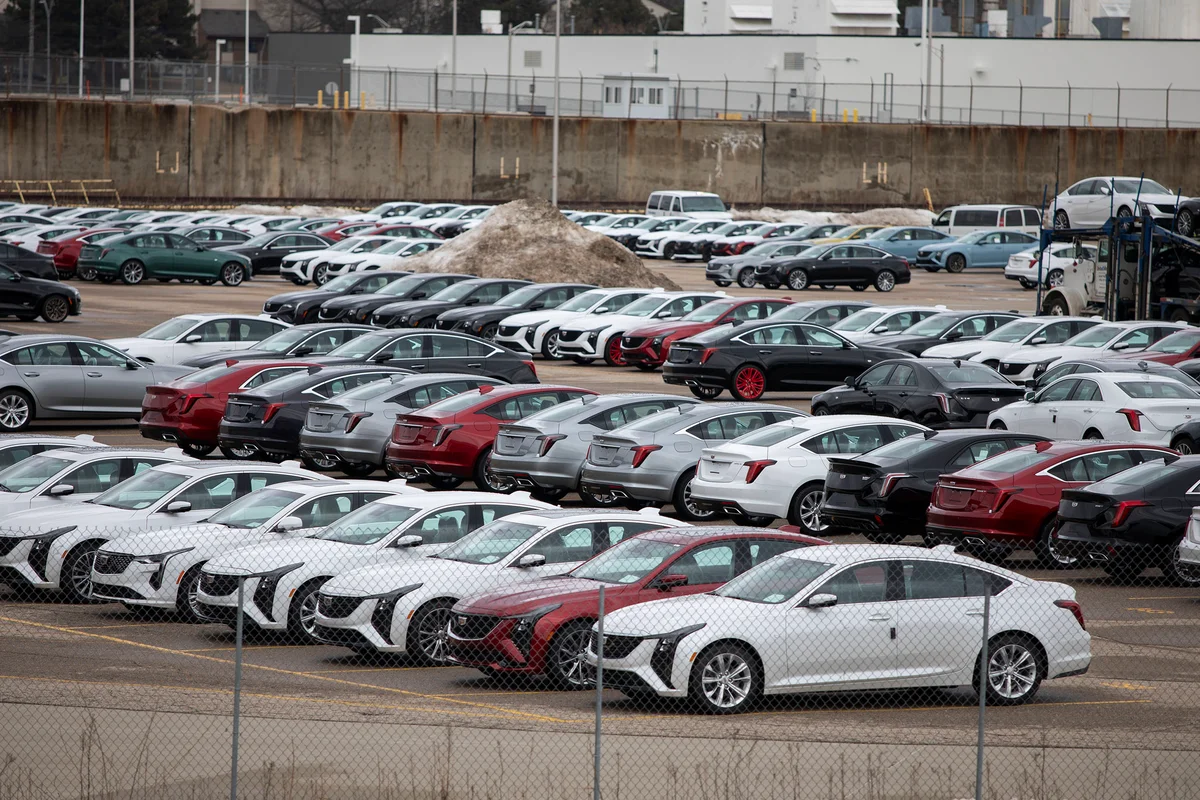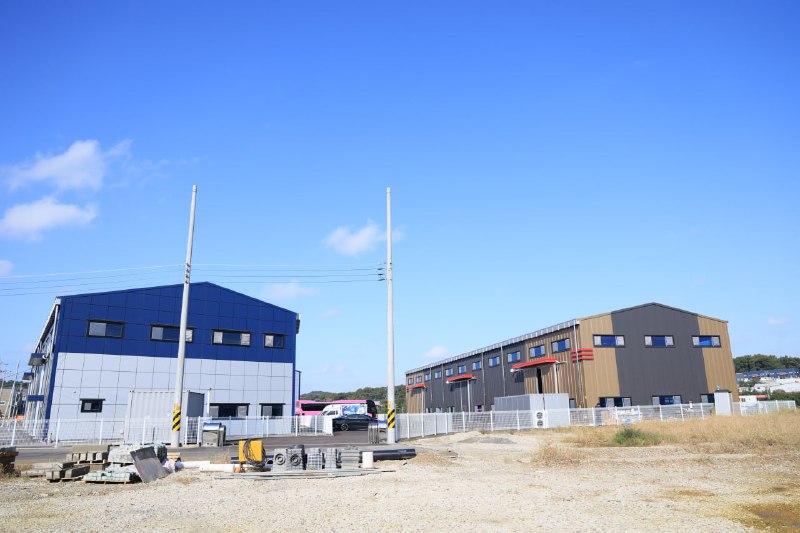Copyright independent

General Motors has lifted its financial outlook for the year and slightly lowered its expected hit from tariffs despite challenging times for the automaker when it comes to the tariffs and electric vehicles. The auto giant is awaiting expected relief on tariffs in the US while confronting a weakening market for electric vehicles. The company now expects its annual adjusted core profit to be between $12 billion to $13 billion, compared with its prior estimate of $10.0 billion to $12.5 billion. The Detroit business said tariffs would hit its bottom line less than anticipated, lowering its updated impact to a range of $3.5 billion to $4.5 billion, from a previous $4 billion to $5 billion. Shares rose about 10% in premarket trading. GM's outlook hike lifted crosstown peer Ford about 3% and US-listed shares of Stellantis roughly 1% in premarket trade. GM’s quarterly adjusted earnings per share dropped to $2.80, beating LSEG analysts’ expectation of $2.31. The auto giant earlier this month took a $1.6 billion charge from changes to its EV strategy. At the end of September, a $7,500 tax credit on battery-powered models went away, and there has been further loosening of regulations around vehicle emissions. In a letter to shareholders, GM CEO Mary Barra said the company focused on EV investments to meet stringent federal requirements, which President Donald Trump has since largely unraveled. She expects the company to incur future charges related to EVs, although she said the vehicles remain its "North Star." "It is now clear that near-term EV adoption will be lower than planned," Barra said, citing changing regulations. "By acting swiftly and decisively to address overcapacity, we expect to reduce EV losses in 2026 and beyond,” she added. Revenue for the quarter ended September marginally fell to $48.6 billion from a year earlier. US car sales have stayed strong despite uncertainty around the tariffs, rising 6% in the third quarter. While automakers have largely avoided raising sticker prices to offset their tariff costs, American car shoppers have continued to opt for pricier models and added features. GM said it plans to mitigate 35% of its anticipated tariff hit. There is relief on the horizon for many US automakers, after Trump approved an order to expand credits for US auto and engine production, allowing companies to receive a credit equal to 3.75% of the suggested retail price for US assembled vehicles through 2030 to offset import tariffs on parts. “I also want to thank the President and his team for the important tariff updates they made on Friday. The MSRP offset program will help make US-produced vehicles more competitive over the next five years," Barra said in a letter to shareholders. Global companies have flagged more than $35 billion in costs from US tariffs heading into third-quarter earnings. Investors are still waiting on trade deals to be ironed out with Mexico and Canada, analysts noted, as well as with South Korea, a major exporter of cars for GM. Automakers have been ramping up US investments to offset Trump’s levies. GM announced in June that it would invest $4 billion at three US facilities in Michigan, Kansas, and Tennessee. The automaker imports about half of the vehicles it sells in the US, mainly from Mexico and South Korea. Stellantis earlier this month said it plans to invest $13 billion in the US over the next four years. Barra in 2021 announced the company’s ambition to produce only EVs by 2035, a goal she has since stopped referencing publicly, instead saying customer demand will guide the automaker’s lineup. Sales of EVs were strong for GM and across the industry in the third quarter, as shoppers raced to take advantage of the tax credit, but they still comprised less than 10% of the company’s overall sales. To spur consumer demand, GM planned to offer a program that would have allowed its dealers to continue offering the tax credit on EV leases. It has since backtracked on the initiative following backlash from lawmakers, including Republican Senator Bernie Moreno of Ohio, a former car dealer. Ford also scrapped its program with the same aim. Other automakers, including Hyundai and Stellantis, are offering incentives to slash the prices consumers pay for their EVs.



